Table of Contents
Introduction to El Pastor Seasoning
El pastor seasoning is a traditional Mexican spice blend used to marinate pork for tacos al pastor, a dish originating from Mexico City's street food culture. This savory mixture typically includes chili powder, garlic, cumin, oregano, paprika, and sometimes citrus zest, creating a smoky, slightly sweet, and mildly spicy flavor profile. While traditionally used for pork, it's versatile enough for chicken, beef, vegetables, and even plant-based proteins.
Spice Basics You Need to Know
Understanding the key ingredients in el pastor seasoning helps you appreciate its complex flavor and choose the right blend for your needs. Here's a breakdown of common components:
- Chili Powder: Provides the base heat and deep red color. Look for blends with ancho or guajillo chili powder for authentic flavor.
- Smoked Paprika: Adds a rich, smoky note without excessive heat. This is crucial for the 'al pastor' taste.
- Cumin: Contributes earthy warmth and is a staple in Mexican spice blends.
- Dried Oregano: Often Mexican oregano, which has a more floral, citrusy note than Mediterranean varieties.
- Garlic Powder: Enhances savory depth without the sharpness of fresh garlic.
- Onion Powder: Adds sweetness and complexity.
- Citrus Zest (dried): Typically lime or orange, which brightens the blend and balances the spices.
- Achiote (Annatto): Responsible for the vibrant red color in authentic recipes.
Some commercial blends may include salt, black pepper, or cayenne for extra heat. For homemade versions, you can adjust these components to match your preferred flavor profile.
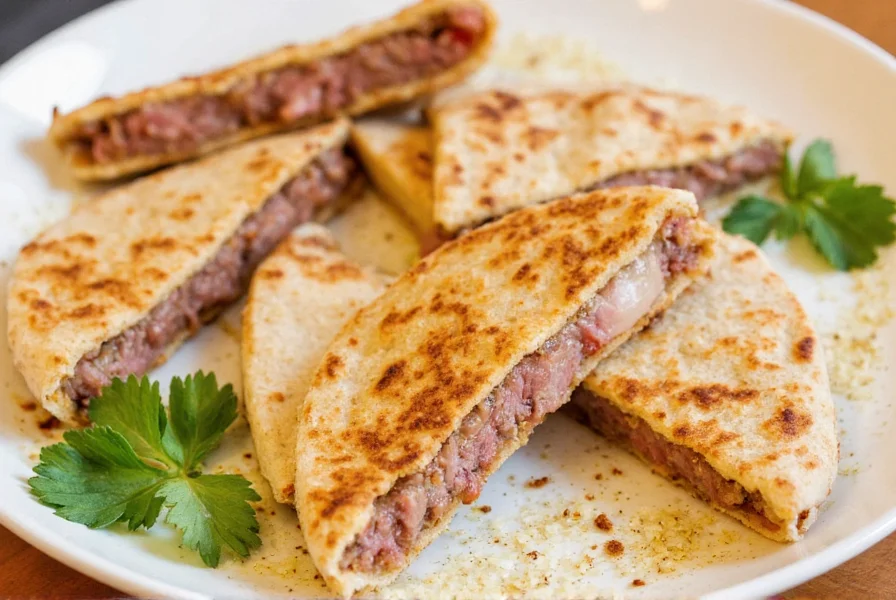
Practical Tips for Using El Pastor Seasoning
- Marinating Time: For pork, marinate for 4-12 hours to allow flavors to penetrate. Chicken requires 2-4 hours to avoid toughness from acid in the marinade.
- Cooking Methods: While grilling is traditional, the seasoning works well in slow cookers for pulled pork, on a cast-iron skillet for fajitas, or roasted in the oven for crispy tacos.
- Pairing Suggestions: Combine with pineapple for traditional tacos al pastor, or use in a marinade for grilled shrimp with lime juice. For vegetarian options, toss roasted sweet potatoes or cauliflower with the seasoning before baking.
- Heat Adjustment: To reduce spice, omit cayenne or use mild chili powder. For extra heat, add a pinch of chipotle powder or fresh jalapeños to the marinade.
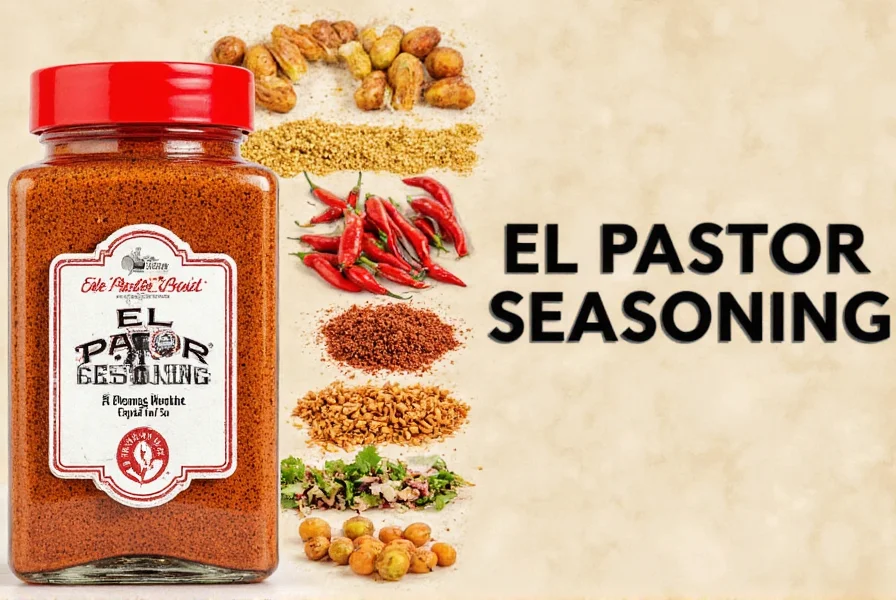
| Product Name | Features | Best For | Price Range |
|---|---|---|---|
| MexiMama El Pastor Seasoning | Authentic ancho and guajillo chili powder, no artificial additives | Traditional Mexican recipes requiring authentic spice profile | $5–$8 |
| La Costeña El Pastor Seasoning | Balanced blend with smoked paprika and dried lime zest | Beginner-friendly tacos, fajitas, and quick weeknight meals | $4–$6 |
| Chili Town El Pastor Blend | Extra spicy with chipotle and cayenne | Heat enthusiasts and bold-flavored dishes | $7–$10 |
| Organic El Pastor Seasoning | Certified organic, non-GMO, and free from fillers | Health-conscious cooks and clean-eating diets | $9–$12 |
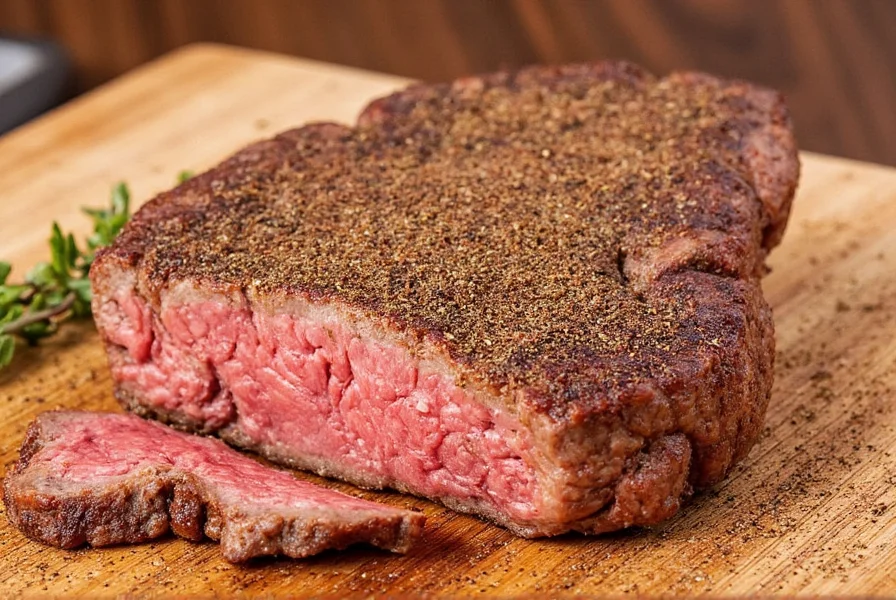
Frequently Asked Questions
What's the difference between al pastor and el pastor seasoning?
"Al pastor" refers to the cooking method (using a vertical spit to roast marinated pork), while "el pastor seasoning" is the specific spice blend used for the marinade. The terms are often used interchangeably in casual contexts, but technically, "el pastor" describes the seasoning, and "al pastor" describes the dish preparation method.
Can I use el pastor seasoning for chicken or other meats besides pork?
Absolutely! While traditionally used for pork, this versatile seasoning works exceptionally well with chicken (especially thighs), beef (for fajitas), shrimp, and plant-based proteins like tofu or jackfruit. The smoky and savory profile complements most proteins beautifully.
How long should I marinate meat with el pastor seasoning?
For pork, marinate for 4-12 hours to allow flavors to penetrate deeply. Chicken requires 2-4 hours to avoid toughness from acid in the marinade. For seafood or delicate proteins, limit marinating to 30-60 minutes. Always refrigerate during marination.
Is el pastor seasoning typically spicy?
Traditional el pastor seasoning has a mild to medium heat level (2-3 on a 10-point scale). It focuses on complex smoky and savory flavors rather than intense heat. Most commercial blends are designed for broad appeal, but you can adjust heat by adding cayenne or chipotle powder.
Can I make my own el pastor seasoning at home?
Yes! A simple homemade blend includes: 2 tbsp chili powder (ancho or guajillo), 1 tbsp smoked paprika, 1 tbsp cumin, 1 tbsp dried Mexican oregano, 2 tsp garlic powder, 2 tsp onion powder, 1 tsp dried lime zest, 1 tsp achiote powder, and 1/2 tsp black pepper. Mix well and store in an airtight container for up to 6 months.
What gives authentic el pastor its distinctive red color?
The vibrant red color in authentic el pastor comes primarily from achiote (annatto) seeds, which are used both for color and their earthy, slightly peppery flavor. Some recipes also include guajillo chilies which contribute to both the color and flavor profile. Commercial blends often use food coloring to enhance the red hue.
Conclusion
El pastor seasoning is more than just a spice—it's a flavor enhancer that brings authentic Mexican cuisine to your kitchen. With the right understanding of its ingredients, proper marinating techniques, and versatile applications, you can create restaurant-quality dishes at home. Whether you're making traditional tacos al pastor or experimenting with new recipes, this seasoning is a must-have in your culinary toolkit.
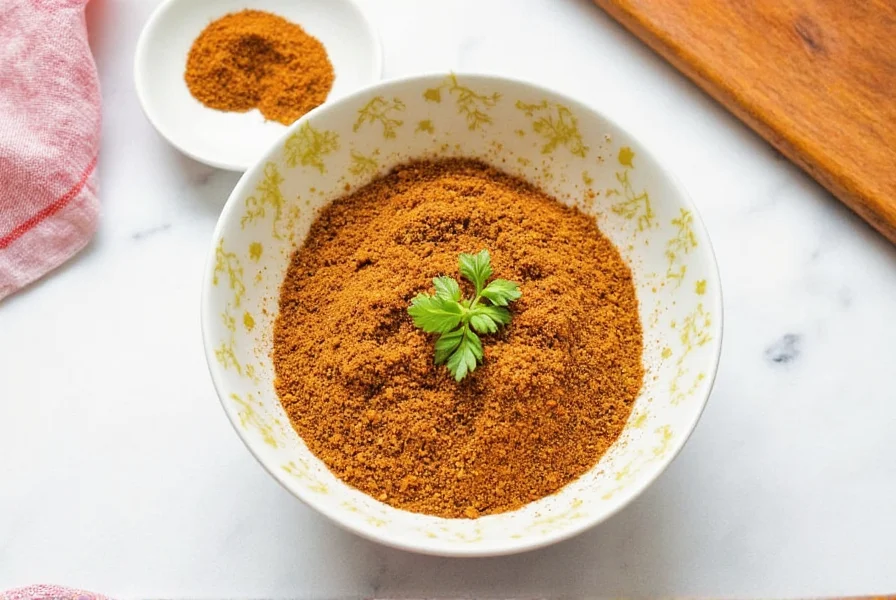
Remember, the key to great cooking is understanding your ingredients and being open to experimentation. Happy cooking!

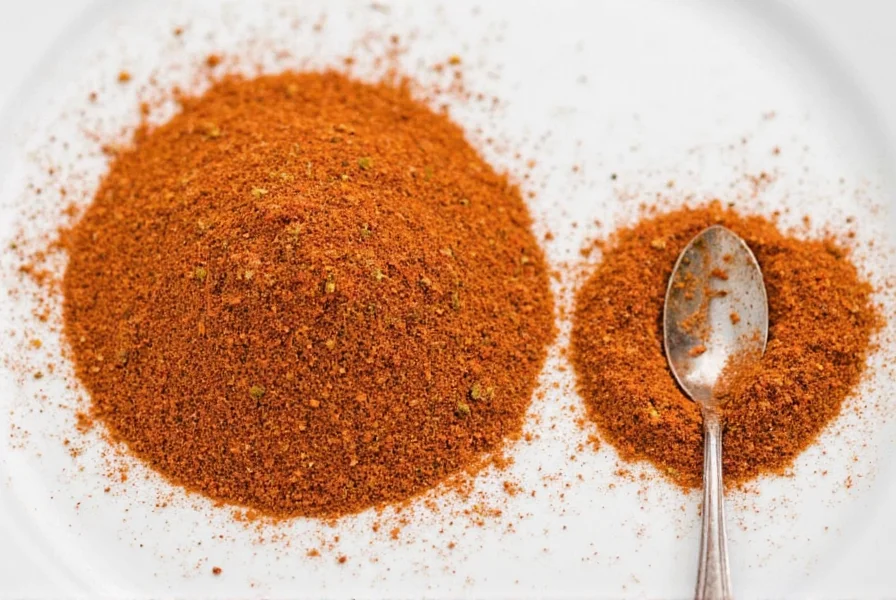









 浙公网安备
33010002000092号
浙公网安备
33010002000092号 浙B2-20120091-4
浙B2-20120091-4